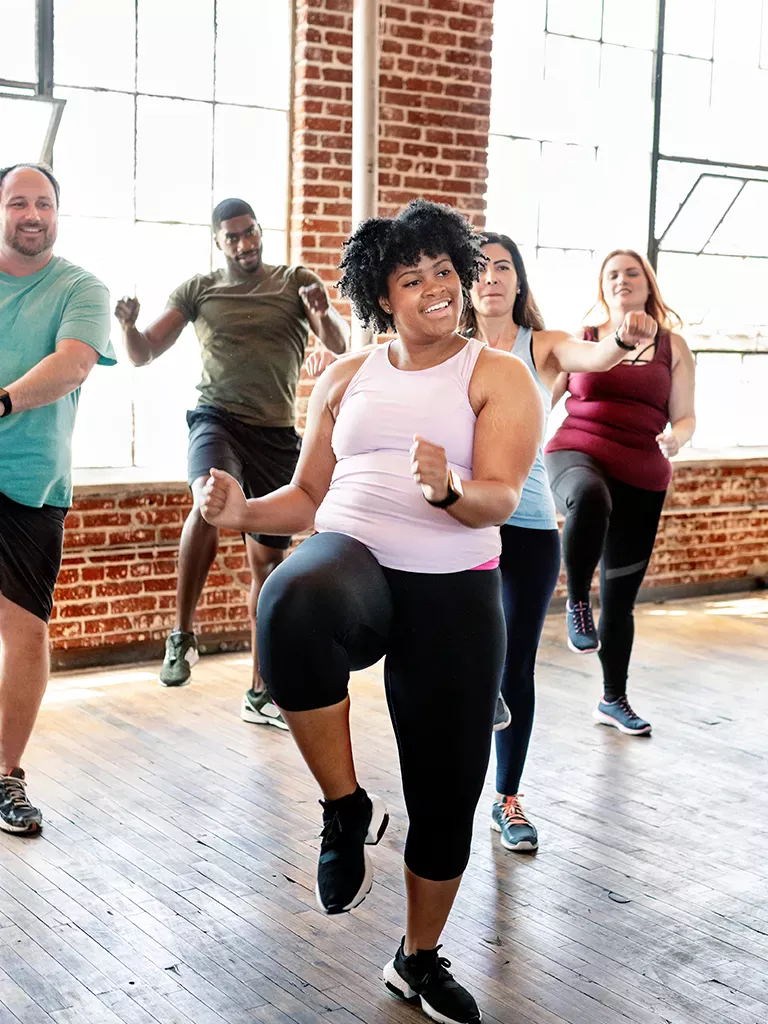The Struggle Is Real – And Relatable
We’ve all been there. Your training clothes are sitting exactly where you left them, silently judging you. Your brain whispers, “You’ve had a long day, why don’t you just chill?” Meanwhile, your couch has never looked more inviting.
But here’s the thing: training isn’t about motivation. It’s about momentum. And momentum starts with just one step.
The truth is, no one wakes up every day brimming with motivation. Even the most dedicated athletes have days where they’d rather do anything but train. What separates them from the rest of us? Habit. Showing up, even when they don’t feel like it.
The Science of Habits Over Motivation
If you’re waiting for motivation to strike before you hit the gym, you’re setting yourself up for inconsistency. Research shows that motivation is fleeting. It fluctuates based on mood, energy levels, and external factors. Habits, on the other hand, are reliable – that’s the stuff we’re aiming for.
Why Relying on Habits Works
James Clear, author of Atomic Habits, says, “You don’t rise to the level of your goals; you fall to the level of your systems.”
With this in mind, if your system involves relying on willpower alone, you’re bound to struggle. Instead, link your training habits to a trigger in your daily routine.
According to Dr. Wendy Wood (Good Habits, Bad Habits), 43% of our daily actions are habitual. If you make training part of your autopilot routine – much like brushing your teeth – it becomes less of a choice and more of a given.
And if starting big feels daunting (as it does for most of us), BJ Fogg (Tiny Habits) suggests breaking it down. Instead of committing to an hour-long session, attach your training habit to something small, like doing five squats while waiting for your coffee to brew. These micro-habits create a ripple effect, and before you know it, you’ll be exceeding your own expectations of what you were capable of.
Why Small Wins Matter More Than Big Goals
James Clear, author of Atomic Habits, says, “You don’t rise to the level of your goals; you fall to the level of your systems.”
With this in mind, if your system involves relying on willpower alone, you’re bound to struggle. Instead, link your training habits to a trigger in your daily routine.
According to Dr. Wendy Wood (Good Habits, Bad Habits), 43% of our daily actions are habitual. If you make training part of your autopilot routine – much like brushing your teeth – it becomes less of a choice and more of a given.
And if starting big feels daunting (as it does for most of us), BJ Fogg (Tiny Habits) suggests breaking it down. Instead of committing to an hour-long session, attach your training habit to something small, like doing five squats while waiting for your coffee to brew. These micro-habits create a ripple effect, and before you know it, you’ll be exceeding your own expectations of what you were capable of.
Why Small Wins Matter More Than Big Goals
A common mistake? Focusing too much on the big picture. Here’s why.
The Power of Small Wins
You want to run a 10K, lift heavy, or hit a certain body fat percentage. But when those goals feel far away, they can be overwhelming. Instead, shift the focus to small wins. Research by Dr. Heidi Grant Halvorson shows that celebrating incremental progress builds self-efficacy. Ultimately, this leads to the powerful belief that you can succeed.
Think of it like brushing your teeth.
Even if you’re exhausted, you still do it because it’s a built-in part of your day. Training works the same way. If the idea of a full workout feels like too much, commit to just ten minutes. Maybe you stretch, maybe you walk on the treadmill. Either way, you’ve kept the habit alive – and that’s what really matters.
Here’s the kicker: small actions compound over time. Ten minutes today becomes twenty tomorrow. What feels like tiny steps eventually builds into something significant.
Finding The Joy in Just Showing Up
We tend to think of training in extremes: crushing a high-intensity session or doing nothing at all. But what if we removed the pressure and just focused on showing up?
How to Make Showing Up Feel Easier
When you take the pressure off “having the perfect workout,” you make space for consistency. And consistency is where the real transformation happens. Here are a few ways to make it easier:
- Lower the stakes
Your only goal is to walk through the gym doors. If you get there and decide all you want to do is stretch for five minutes? That’s still a win.training. - Stack your habits
Pair your training session with something enjoyable. Maybe it’s your favourite playlist or an episode of a podcast you only listen to while training. - Reward yourself
Celebrate small victories. Maybe that’s a post-workout smoothie, or just the satisfaction of knowing you did the thing.
Empowerment Through Consistency
At the end of the day, showing up (even at half-capacity) is better than not showing up at all. You don’t have to be perfect, just present.
Training isn’t about crushing every workout. It’s about creating a life where movement is automatic, joyful, and sustainable for you. Some days will be easy, some will be tough, but each time you show up, you’re proving to yourself that you can do this.
So next time your brain tries to talk you out of it, remember: motivation is optional. Showing up is the real flex.



